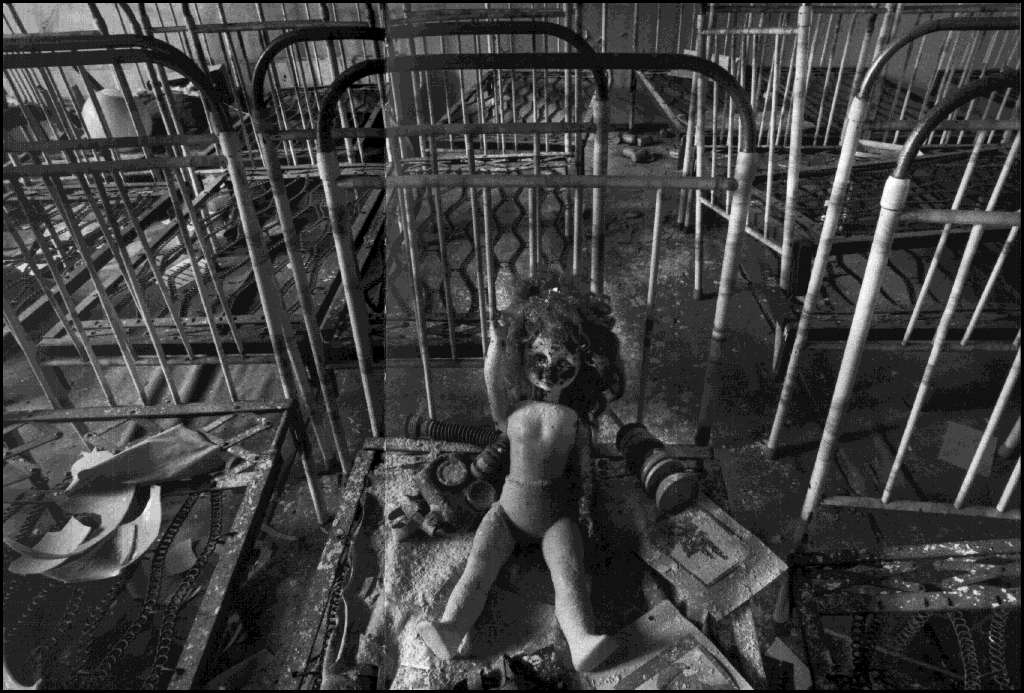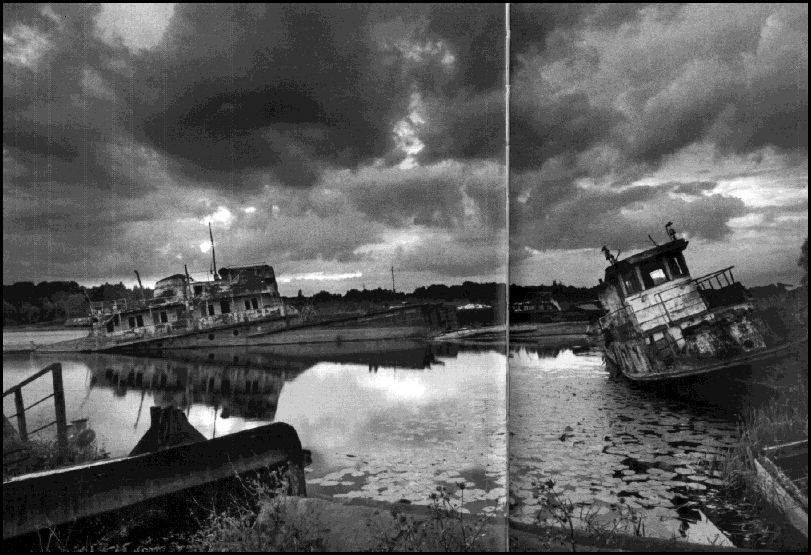
Chernobyl
The Hidden Legacy
Pierpaolo Mittica
(Trolley Books)

The facts are now well known. Nuclear reactor number four exploded on 26 April 1986 at Chernobyl, in the Ukraine. The radiation levels in the worst-hit areas of the reactor building have been estimated to be 5.6 roentgens per second which is equivalent to more than 20,000 roentgens per hour. A lethal dose is around 500 roentgens over 5 hours.Clouds of radioactive dust swirled across Russia, into Sweden and Norway and parts of England, and ultimately through the world (even areas of Canada and America were affected by May 6 of that year). Belarus was the worst hit, with 30% of its area contaminated, "stretching over 260,000 square kilometers of land (almost as large as Italy.)" It will, reports Mittica, "return to normal radioactive levels in about 100,000 years time. Almost 20 years have gone by, so we have another 99,980 to go."
500 villages and settlements were evacuated, "out of these more than 100 have been buried forever."
At the present time nine million people in Belarus, the Ukraine and western Russia continue living in areas with very high levels of radioactivity, consuming contaminated food and water.
"There has been an increase of 100 times of the incidence of tumors of the thyroid, 50 times in other radiation-related tumors, such as leukemia, and bone and brain tumors."
Chernobyl is not the past. Chernobyl is not history. Chernobyl is the beginning.
§ § § This book is subtitled The Hidden Legacy, but a better one might have been Chernobyl after Twenty Years. Mittica ventured into the contaminated area and took hundreds of black-and-white photographs ... among which the most devastating are the abandoned schoolrooms, kindergartens, hospitals, playgrounds, and, most ominously, shots from the Oncology Children's Hospital.
There are, too, disturbing pictures of old people who were forcibly moved to large cities like Minsk, could not survive there, and returned to their homes, despite the level of radioactivity.
Then there are photographs of "liquidation workers," those who are hired to tear down houses in contaminated areas. One of them says of his job, "We have always worked without protection, we don't even notice any longer. We got used to radioactivity and radioactivity got used to us, and anyway, we have to work to live, and this is how you work here."
The layout of this book is impressive, the photographs are simple, elegant, and moving --- and the message is awful. As the author notes,
Radioactivity has but one merit in the utmost expression of democracy: it falls on everybody's head, the rich and the poor, politicians and citizens. It knows no boundaries and pays no heed to politics or economic interests, only to the wind and the rain.
Chernobyl: The Hidden Legacy appeared more than three years ago. We missed it then, but we beg our readers not to miss it now.

--- Lolita Lark